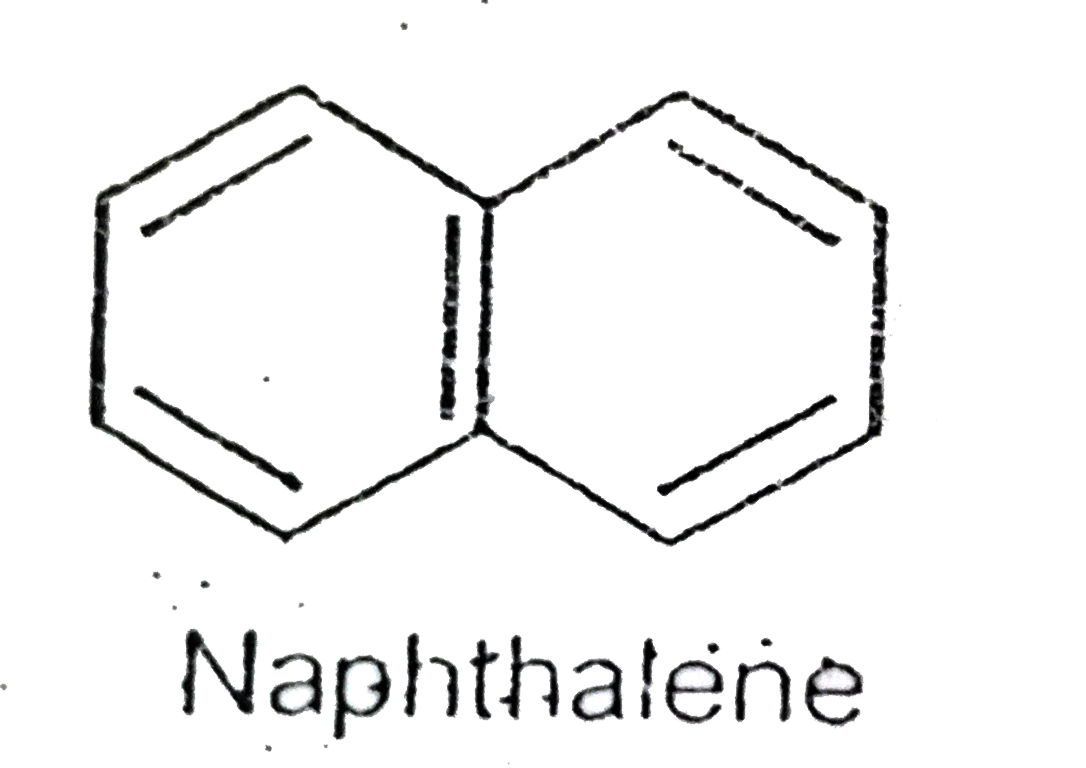Let S1=10∑j=1j(j−1)10Cj,S2=10∑j=1j10CiandS3=10∑j=1j210Cj. Statement-1: S3=55×29 Statement-2: S1=90×28andS2=10×28 . (1) Statement-1 is true, Statement-2 is true; Statement-2 is not the correct explanation for Statement-1 (2) Statement-1 is true, Statement-2 is false (3) Statement-1 is false, Statement-2 is true (4) Statement-1 is true, Statement-2 is true; Statement-2 is the correct explanation for Statement-1
Statement 1 is false, statement 2 is true
Statement 1 is true, statement 2 is true, Statement 2 is a correct explanation of Statement 1
Statement 1 is true, statement 2 is true, Statement 2 is not a correct explanation of Statement 1
Statement 1 is true, statement 2 is false
The correct Answer is:D
To solve the problem, we need to evaluate the sums S1, S2, and S3 and verify the statements provided.
Step 1: Calculate S1
Given:
S1=10∑j=1j(j−1)(10j)
We can rewrite j(j−1) as j2−j:
S1=10∑j=1(j2−j)(10j)
This can be separated into two sums:
S1=10∑j=1j2(10j)−10∑j=1j(10j)
Using the identity n∑j=0j(nj)=n⋅2n−1:
10∑j=1j(10j)=10⋅29=10⋅512=5120
For 10∑j=1j2(10j), we can use the identity:
n∑j=0j2(nj)=n(n−1)2n−2+n2n−1
For n=10:
10∑j=0j2(10j)=10⋅9⋅28+10⋅29=90⋅256+10⋅512=23040+5120=28160
Thus,
S1=28160−5120=23040
Now, we can express S1 in terms of powers of 2:
S1=90⋅28
Step 2: Calculate S2
Given:
S2=10∑j=1j(10j)
Using the identity we mentioned earlier:
S2=10⋅29=5120
We can express S2 as:
S2=10⋅28
Step 3: Calculate S3
Given:
S3=10∑j=1j2(10j)
From the identity we used earlier:
S3=28160
Expressing S3 in terms of powers of 2:
S3=55⋅29
Conclusion
Now we can evaluate the statements:
- Statement 1: S3=55⋅29 is true.
- Statement 2: S1=90⋅28 and S2=10⋅28 is false (since S2=10⋅29).
Thus, the correct option is:
(2) Statement-1 is true, Statement-2 is false.
S1=10∑j=1j(j−1)(10j)
S1=10∑j=1(j2−j)(10j)
S1=10∑j=1j2(10j)−10∑j=1j(10j)
10∑j=1j(10j)=10⋅29=10⋅512=5120
n∑j=0j2(nj)=n(n−1)2n−2+n2n−1
For n=10:
10∑j=0j2(10j)=10⋅9⋅28+10⋅29=90⋅256+10⋅512=23040+5120=28160
S1=28160−5120=23040
S1=90⋅28
S2=10∑j=1j(10j)
S2=10⋅29=5120
S2=10⋅28
S3=10∑j=1j2(10j)
S3=28160
S3=55⋅29
- Statement 2: S1=90⋅28 and S2=10⋅28 is false (since S2=10⋅29).
(2) Statement-1 is true, Statement-2 is false.
Topper's Solved these Questions
- BINOMIAL THEOREMBOOK - VMC MODULES ENGLISHCHAPTER - BINOMIAL THEOREMEXERCISE - LEVEL 2
50 Videos
- BINOMIAL THEOREMBOOK - VMC MODULES ENGLISHCHAPTER - BINOMIAL THEOREMEXERCISE - NUMERICAL VALUE TYPE FOR JEE MAIN
14 Videos
- BINOMIAL THEOREMBOOK - VMC MODULES ENGLISHCHAPTER - BINOMIAL THEOREMEXERCISE - JEE Archive
56 Videos
- CIRCLESBOOK - VMC MODULES ENGLISHCHAPTER - CIRCLESEXERCISE - JEE ADVANCED ( ARCHIVE )
68 Videos
Similar Questions
Let f:R→R be a continuous function defined by f(x)=1ex+2e−x . Statement-1: f(c)=13, for some c∈R . Statement-2: 0<f(x)≤12√2, for all x∈R . (1) Statement-1 is true, Statement-2 is true; Statement-2 is not the correct explanation for Statement-1 (2) Statement-1 is true, Statement-2 is false (3) Statement-1 is false, Statement-2 is true (4) Statement-1 is true, Statement-2 is true; Statement-2 is the correct explanation for Statement-1
View SolutionLet S1=10∑j=1j(j−1).10Cj,S2=10∑j=1j.10Cj, and S3=10∑j=1j2.10Cj.
Statement 1 : S3=55×29.
Statement 2 : S1=90×28 and S2=10×28.
View Solution
S1=10∑j=1j(j−1)10CjandS2=10∑j=1j.10Cj. Statement-1 S3=50×29.
Statement-2 S1=90×28andS2=10×28
View SolutionStatement-1: ∫sin−1xdx+∫sin−1√1−x2dx=π2x+cStatement-2: sin−1x+cos−1x=π2 (A) Statement-1 is True, Statement-2 is True, Statement-2 is a correct explanation for Statement-1. (B) Statement-1 is True, Statement-2 is True, Statement-2 is NOT a correct explanation for Statement-1. (C) Statement-1 is True, Statement-2 is False. (D) Statement-1 is False, Statement-2 is True.
View SolutionStatement-1: ∫dxx(1+logx)2=−11+logx+C , Statement-2: ∫(f(x))nf'(x)dx=(f(x))n+1n+1+C,n+1≠0 (A) Statement-1 is True, Statement-2 is True, Statement-2 is a correct explanation for Statement-1. (B) Statement-1 is True, Statement-2 is True, Statement-2 is NOT a correct explanation for Statement-1. (C) Statement-1 is True, Statement-2 is False. (D) Statement-1 is False, Statement-2 is True.
View SolutionStatement-1: ∫(x2−1x2)ex2+1xdx=ex2+1x+C Statement-2: ∫f(x)ef(x)dx=f(x)+C (A) Statement-1 is True, Statement-2 is True, Statement-2 is a correct explanation for Statement-1. (B) Statement-1 is True, Statement-2 is True, Statement-2 is NOT a correct explanation for Statement-1. (C) Statement-1 is True, Statement-2 is False. (D) Statement-1 is False, Statement-2 is True.
View SolutionFour numbers are chosen at random (without replacement) from the set {1, 2, 3, ....., 20}. Statement-1: The probability that the chosen numbers when arranged in some order will form an AP Is 185 . Statement-2: If the four chosen numbers form an AP, then the set of all possible values of common difference is {1, 2, 3, 4, 5}. (1) Statement-1 is true, Statement-2 is true; Statement-2 is not the correct explanation for Statement-1 (2) Statement-1 is true, Statement-2 is false (3) Statement-1 is false, Statement-2 is true (4) Statement-1 is true, Statement-2 is true; Statement-2 is the correct explanation for Statement-1
View SolutionStatement-1: In naphthalene all C-C bonds are equal

and
Statement-2: Like benzene naphthalene is also aromatic.
(a) Statement-1 is true, Statement-2 is true, Statement-2 is a correct explanation for Statement-1
(b) Statement-1 is true, Statement-2 is true, Statement-2 is not a correct explanation for Statement -1
(c) Statement -1 is true, Statement -2 is false
(d) Statement -1 is false, Statement -2 is true
View SolutionStatement-1: The function F(x)=∫sin2xdx satisfies F(x+π)=F(x),∀ξnR ,Statement-2: sin2(x+π)=sin2x (A) Statement-1 is True, Statement-2 is True, Statement-2 is a correct explanation for Statement-1. (B) Statement-1 is True, Statement-2 is True, Statement-2 is NOT a correct explanation for Statement-1. (C) Statement-1 is True, Statement-2 is False. (D) Statement-1 is False, Statement-2 is True.
View SolutionStatement-1: p-Nitroaniline is more polar than nitrobenzene
and
Statement-2: Nitro group has -M effect.
(a) Statement-1 is true, Statement-2 is true, Statement-2 is a correct explanation for Statement-1
(b) Statement-1 is true, Statement-2 is true, Statement-2 is not a correct explanation for Statement -1
(c) Statement -1 is true, Statement -2 is false
(d) Statement -1 is false, Statement -2 is true
View Solution
